Top 12 Most Common Denial Codes and How to Prevent Them
- August 13, 2025
- 0 Comments
- Medical Coding
Claim denials are one of the biggest reasons for lost revenue in healthcare billing. They increase administrative work and frustrate both providers and billing teams. But behind every denial is a reason, and most of the time, that reason is linked to a specific denial code. Understanding the most common denial codes in medical billing is the first step toward fixing costly errors. In this blog, we’ll break down the top 12 denial codes you’re likely to see, what they mean in plain English, and what steps you can take to avoid or resolve them.
What Are Denial Codes?
When a healthcare claim is rejected or denied by an insurance payer, the provider receives an explanation called an EOB (Explanation of Benefits) or RA (Remittance Advice). These documents include denial codes that tell you why the claim wasn’t paid.
Denial codes are short alphanumeric or numeric messages used by insurance companies to explain the reason behind a denied or reduced payment
Why Denial Codes Matter
Let’s be honest, denial codes might look like a confusing mix of letters and numbers, but they’re actually trying to help you. Each code is like a flag telling you, “Hey, something went wrong here.” If you learn to pay attention to them, they’ll show you exactly where things in your billing process are breaking down.
For example:
If you're constantly seeing codes related to missing authorizations, it might be time to revisit your pre-approval process.
Seeing diagnosis mismatch errors over and over? Your coding and documentation might need a second look.
Getting rejections from the wrong payer? That’s probably a front-desk or eligibility issue.
The point is, these codes aren’t random. They repeat for a reason. And if you keep brushing them off or just resubmitting without fixing the cause, you’ll keep losing time and money.
Top 12 Most Common Denial Codes and How to Prevent Them
First, let's understand why claims get denied, and then we can learn how to prevent them from happening in the first place. Many denials are caused by the same recurring issues, which means they can often be prevented with the right checks in place. Below are the 12 most common denial codes you’ll see in medical billing, along with tips to avoid them.
1. CO-11 Diagnosis Inconsistent with Procedure
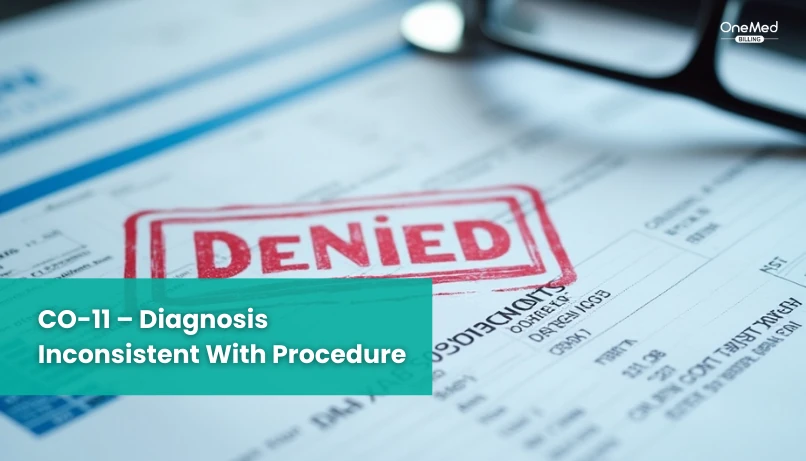
This denial code means the diagnosis code you submitted doesn’t match the procedure code. The insurance payer doesn't see a medical connection between the diagnosis and the service billed.
Why It Happens:
This typically happens when:
- The ICD-10 diagnosis code doesn’t support the medical necessity for the procedure
- There’s a mismatch between the provider’s notes and what was coded
- An incorrect diagnosis was selected in the EMR
- Services are performed for conditions that aren’t clearly documented
- CPT/ICD-10 code combinations are not covered under payer policy rules
This is common in specialty care, such as dermatology, orthopedics, or podiatry, where specific diagnosis-to-procedure relationships are required.
Example:
Billing for a toenail removal procedure (CPT 11730) with a diagnosis of acne (ICD-10 L70.0) will result in CO-11 — the diagnosis doesn’t justify the treatment.
How to Prevent or Fix It:
- Ensure CPT and ICD-10 codes align based on payer guidelines
- Review Local Coverage Determinations (LCDs) or clinical policies for code compatibility
- Use billing software with code validation tools or payer-specific edits
- Train coding staff to double-check code pairing before submission
- If denied, review the claim and medical records, correct the diagnosis or procedure if needed, and resubmit with proper justification
Strong documentation and proper diagnosis-to-service mapping can eliminate most CO-11 denials before claims even go out.
2. CO-18 Duplicate Claim or Service
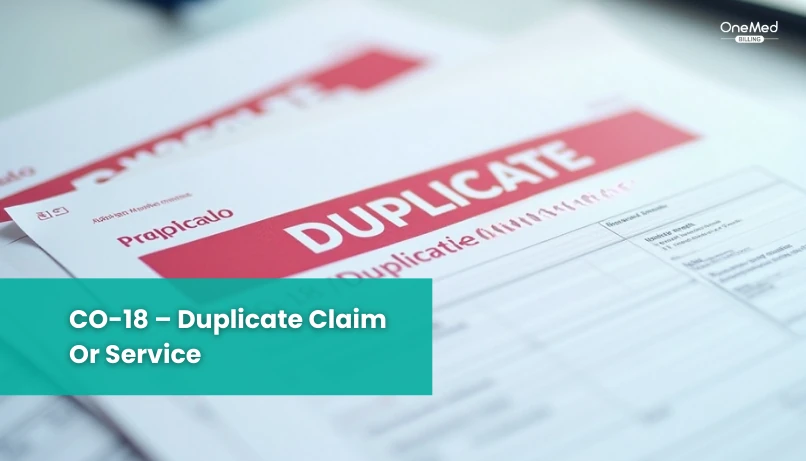
This code means the claim you submitted looks like it’s already been billed. The payer sees it as a repeat of a service they’ve already processed, even if you didn’t mean to send it twice.
Why It Happens:
Duplicate denials usually happen when:
- A claim is resubmitted before the original one is fully processed
- There’s a system error that caused a double submission
- The same service was billed twice on the same date without a clear reason
- The original claim was denied or missing info, and a new version was sent without correcting the issue
This is common when billing teams resubmit too quickly or forget to change key fields like claim reference numbers or modifiers.
How to Prevent or Fix It:
- Check the claim status first before resubmitting. Make sure it hasn’t already been paid or denied.
- If rebilling is needed, include proper modifiers (like 76 or 59) to show it’s a valid repeat service.
- Use claim tracking tools in your clearinghouse to avoid double submissions. If it’s a true duplicate in error, simply void or ignore. If not, appeal with medical notes explaining why the repeat service was necessary.
3. CO-27 Insurance or Coverage Expired
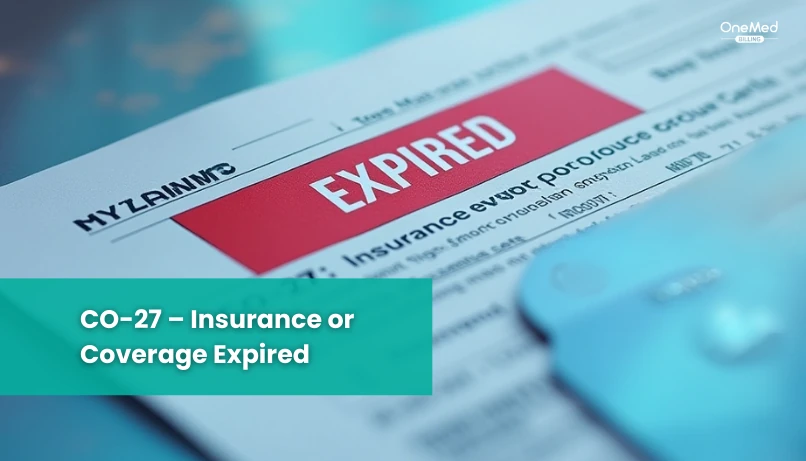
This denial means the patient’s insurance coverage was no longer active on the date of service. The claim was submitted for a time when the policy was already canceled or inactive.
Why It Happens:
CO-27 is usually triggered when:
- The patient’s plan ended before the visit (due to job loss, non-payment, or switching insurance)
- The wrong date of service was entered on the claim
- Eligibility wasn’t checked on the day of the visit
- The claim was sent under old insurance information still stored in the system
- Coverage was retroactively terminated and not updated in time
It’s a common denial when patients forget to report insurance changes or assume they’re still covered.
How to Prevent or Fix It:
- Always verify insurance on the day of the appointment, not just at the time of booking
- Ask the patient if their plan has changed, especially at the start of a new month or year
- Use real-time eligibility checks through your clearinghouse or practice management system
- If the plan truly expired, inform the patient and bill them directly
- If the insurance was active but the denial was an error, provide proof of coverage (e.g., screenshot of eligibility verification or payer confirmation) and file an appeal
Good front-desk habits and timely verification can stop CO-27 denials before they ever hit your billing team.
4. CO-29 Timely Filing Limit Expired
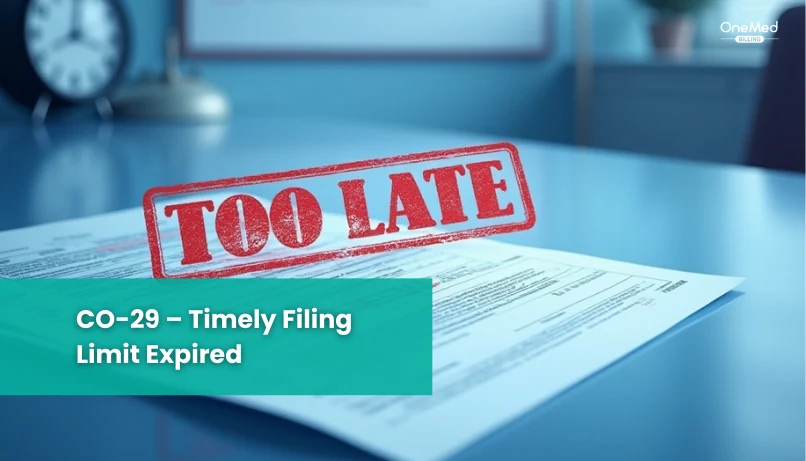
This denial means your claim wasn’t sent in time. Every insurance payer gives you a set number of days to file a claim after the service date. If you miss that deadline, the claim gets denied, even if everything else is correct.
Why It Happens:
Timely filing denials happen for a few common reasons:
- Claims were held too long internally before submission
- Resubmissions were sent after the deadline
- Delays in credentialing or insurance verification
- Claims were sent to the wrong payer, and by the time it was corrected, the window had closed
Deadlines vary by payer:
- Medicare: 1 year from date of service
- Medicaid: 90–180 days (depending on the state)
- Commercial payers: Often 90–180 days
How to Prevent or Fix It:
- Submit claims as quickly as possible, ideally within 30 days of service
- Use billing software with timely filing alerts and date tracking
- If the delay was due to payer error or retroactive eligibility, file an appeal with proof
- Maintain a payer-specific filing calendar so your team knows each deadline
- Track claims that are being held for missing info or internal reviews and escalate them quickly
In some cases, denials due to timely filing are final and not appealable, so it’s better to prevent them than try to fix them later.
5. CO-16 Claim Lacks Information or Has Invalid Information
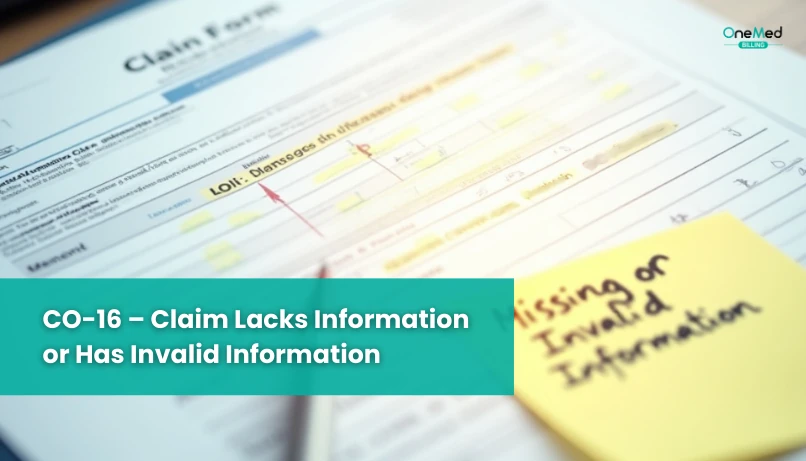
This denial means your claim is missing something important or contains incorrect information. It could be anything from a missing date of birth to an invalid modifier. The payer can't process the claim until the issue is fixed.
Why It Happens:
CO-16 is one of the most common and vague denial codes because it covers a wide range of errors, including:
- Missing patient details (like name, DOB, insurance ID)
- Invalid or missing provider NPI or tax ID
- Incorrect modifiers or CPT/ICD code combinations
- Service location errors
- Incomplete authorization or referral numbers
This code can apply to both paper and electronic claims.
How to Prevent or Fix It:
- Use a pre-bill checklist to catch missing data before submitting
- Double-check the claim in your software for required fields and formatting
- Make sure provider and payer IDs (NPI, TIN, etc.) are up to date and valid
- Use code validation tools to ensure modifiers and diagnosis codes are correct
- If you get this denial, review the payer’s remark code or call the payer to clarify what’s missing
- Correct the claim and resubmit quickly to avoid timely filing denials
CO-16 can be frustrating because it doesn’t always explain the problem clearly. The key is to stay organized and make sure your team follows a clean, step-by-step billing workflow.
6. CO-96 Non-Covered Charges
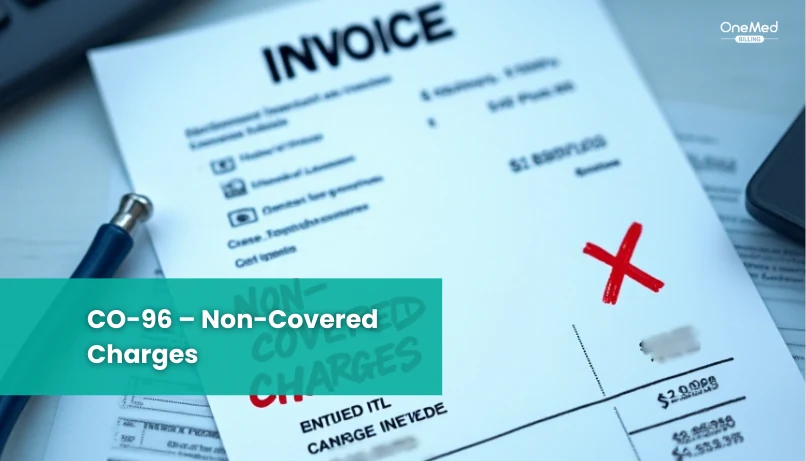
This denial means the insurance payer doesn’t cover the service you billed, either because it’s excluded from the patient’s policy or it’s considered not medically necessary under their plan.
Why It Happens:
CO-96 often occurs when:
- The service isn’t included in the patient’s benefit plan (like cosmetic procedures or certain screenings)
- The patient’s coverage ended before the service date
- The claim was submitted for the wrong plan (e.g., using Medicare instead of a Medicare Advantage plan)
- Authorization was required but not obtained
- The procedure requires a diagnosis code that justifies medical necessity
It’s a common denial in specialties like behavioral health, dermatology, and DME billing.
How to Prevent or Fix It:
- Always check eligibility and benefits before the appointment, confirm if the service is covered, and under what conditions
- Make sure your team uses the correct insurance plan and payer ID
- If the denial was due to a coding issue, update the diagnosis code and resubmit
- If coverage truly doesn’t apply, bill the patient, but make sure they were informed in advance (preferably with an ABN or similar form)
- For borderline services, include medical records or notes showing why the service was necessary
Staying proactive with benefit verification and proper documentation can prevent most CO-96 denials before they even happen.
7. CO-167 Diagnosis Not Covered
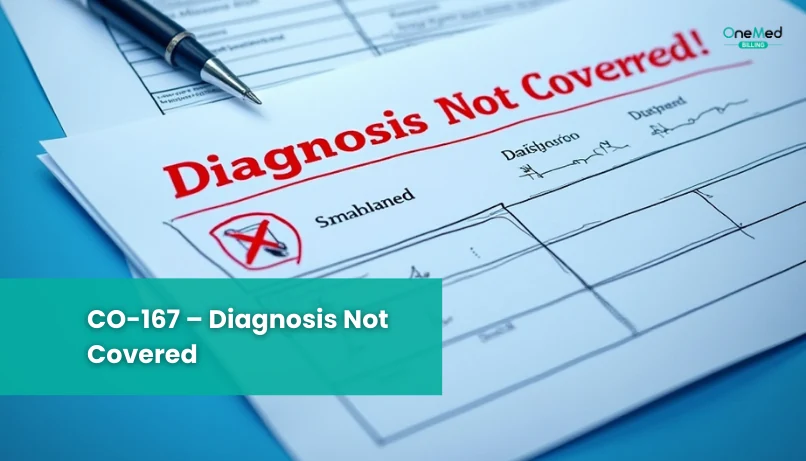
This denial means the diagnosis code used on the claim is not considered valid for the service billed. The insurance company doesn’t see the diagnosis as medically necessary for that procedure — so they won’t pay.
Why It Happens:
CO-167 usually happens when:
- The ICD-10 code used doesn’t match the payer’s medical necessity rules for the CPT code
- The diagnosis code is too general or outdated
- There’s a mismatch between diagnosis and service type (e.g., billing a wound care service with a diagnosis of hypertension)
- The payer has Local Coverage Determinations (LCDs) or National Coverage Determinations (NCDs) that were not met
- A screening diagnosis was used when a more specific clinical diagnosis was needed
This is common in lab billing, imaging, DME, and preventive services.
How to Prevent or Fix It:
- Make sure the diagnosis supports the service; they must relate clinically and meet payer policies
- Use LCD/NCD lookup tools or payer-specific code crosswalks to verify coverage
- Avoid general diagnosis codes like “unspecified” when a more specific one is available
- If denied, review the medical record and resubmit with a corrected or additional diagnosis code
- For services that might be excluded, have the patient sign an ABN or similar notice ahead of time
8. CO-197 Precertification/Authorization Absent
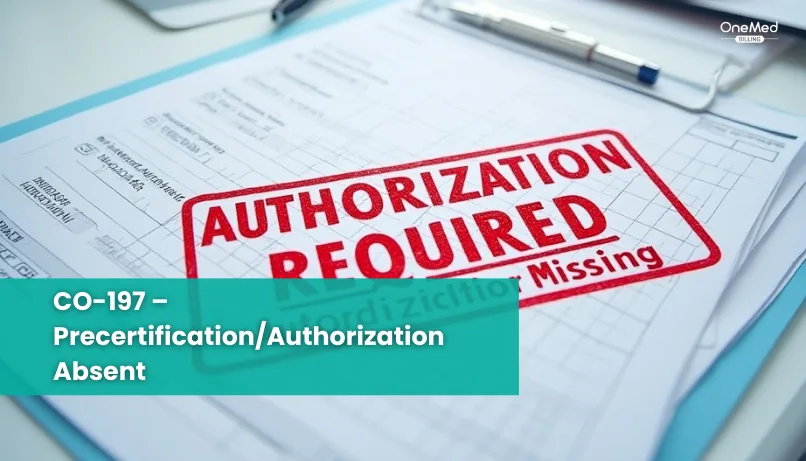
This denial means the service you billed for needed pre-approval from the insurance company and it wasn’t obtained before the treatment or procedure was done.
Why It Happens:
CO-197 is very common in services like:
- Imaging (CT, MRI, PET scans)
- Surgeries and outpatient procedures
- Physical or occupational therapy
- Behavioral health and psychiatry
- DME (durable medical equipment)
This denial often happens when:
- The front desk or referral team forgets to get prior authorization
- The authorization was approved, but not linked to the correct provider or date
- Authorization was requested too late or denied, but the service was still performed
- Emergency services were incorrectly billed as routine care
How to Prevent or Fix It:
- Always verify whether a prior authorization is required before scheduling the service
- Keep a list of payer-specific authorization rules for your most common procedures
- Document authorization numbers clearly in the patient chart and billing system
- If you believe it was an emergency or medically necessary, submit an appeal with medical records
- For recurring services (like therapy), track how many visits were approved and get new authorization when needed
Missing authorizations can be a big source of lost revenue. A strong pre-authorization workflow between your clinical and billing teams can help avoid these denials altogether.
9. CO-204 Service Not Covered Under the Patient’s Current Benefit Plan
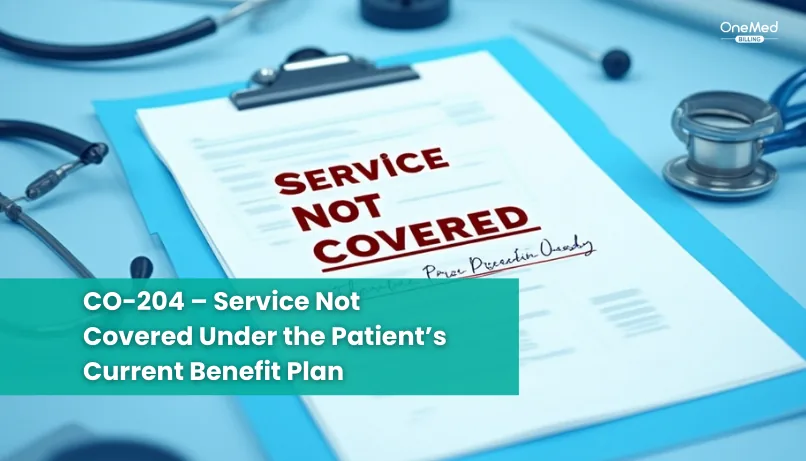
This denial means the service you billed for is not included in the patient’s insurance benefits. In other words, the patient’s plan doesn’t cover that specific treatment, even if it was medically necessary.
Why It Happens:
CO-204 often comes up when:
- The service is excluded from the plan, like cosmetic procedures or certain types of therapy
- The procedure is only covered under specific conditions that the patient didn’t meet
- The patient changed insurance, but the old plan was billed
- The wrong plan was chosen during eligibility checks
- There was confusion between in-network and out-of-network services
It’s especially common when coverage details aren’t verified properly before treatment.
How to Prevent or Fix It:
- Always verify benefits in detail, don’t assume a service is covered just because the patient has insurance
- Check policy-specific exclusions and coverage rules (some payers publish these online)
- If the service was provided in error, explain it to the patient upfront and consider setting up a payment plan
- If the denial was due to incorrect plan info, correct the insurance and resubmit the claim
- For borderline cases, include clinical notes showing why the service was medically necessary and ask the payer to reconsider
CO-204 denials are usually avoidable with good front-end checks and clear communication with the patient before treatment.
10. CO-B7 Provider Not Credentialed with the Payer
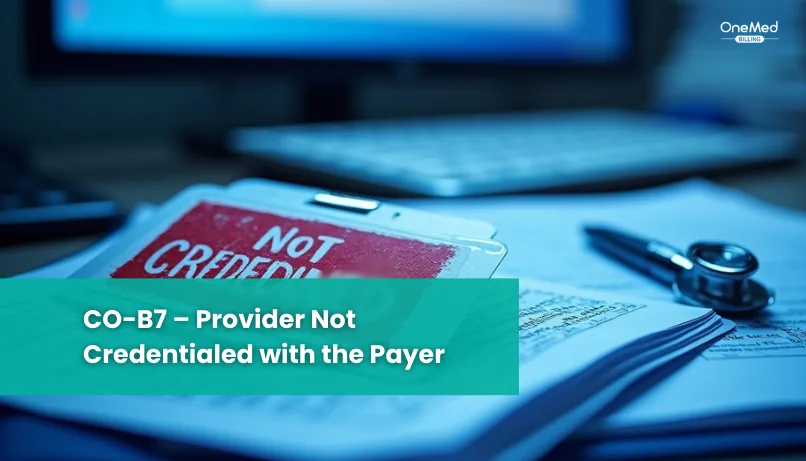
This denial means the provider who delivered the service is not credentialed or enrolled with the insurance plan that was billed. As a result, the payer refuses to process the claim.
Why It Happens:
CO-B7 often appears when:
- A new provider joins a practice but hasn’t completed credentialing yet
- A claim is submitted before the effective date of credentialing approval
- The wrong billing NPI is used (e.g., billing under a group NPI instead of the individual)
- A provider is credentialed with the payer, but not under the specific plan or network
- The credentialing process is delayed, or the paperwork is incomplete
This is especially common with Medicaid MCOs, Medicare Advantage plans, and commercial networks with narrow provider panels.
How to Prevent or Fix It:
- Always ensure that every provider is fully credentialed and enrolled with the payer before they start seeing patients
- Keep a credentialing tracker with start dates, plan approvals, and re-credentialing timelines
- Confirm that the correct NPI and billing taxonomy are used on each claim
- If the provider is credentialed but the claim was denied by mistake, submit proof of approval with a corrected claim
- If credentialing is still in progress, hold claims until approval or consider backdating if the payer allows it
A strong credentialing workflow and clear communication between your billing and HR teams can prevent this type of denial completely.
11. CO-109 Claim Not Covered by This Payer/Contractor

This denial means the claim was sent to the wrong insurance payer. The contractor or insurance company you billed isn’t the one responsible for paying this claim.
Why It Happens:
CO-109 is usually tied to coordination of benefits (COB) issues or outdated insurance information. Common reasons include:
- The patient’s primary insurance changed, but the old one was billed
- The patient has multiple plans, and the wrong one was used
- The claim was sent to Medicare when it should’ve gone to a Medicare Advantage plan, or vice versa
- Payer ID errors or manual entry mistakes in the billing software
- The claim was routed to the wrong regional Medicare contractor
It’s especially common in situations where patients switch jobs or insurance during the year.
How to Prevent or Fix It:
- Verify the patient’s active insurance and plan details at every visit
- Ask if the patient has secondary coverage or recently changed plans
- Use real-time eligibility tools through your clearinghouse or EHR
- If the denial was due to incorrect insurance, update the payer and resubmit the claim
- For Medicare-related plans, check if the patient is enrolled in a replacement plan or an Advantage plan and bill accordingly
This type of denial is avoidable with strong front-desk workflows and regular insurance verification, especially for patients seen over multiple months or years.
12. CO-50 Non-Medically Necessary Service
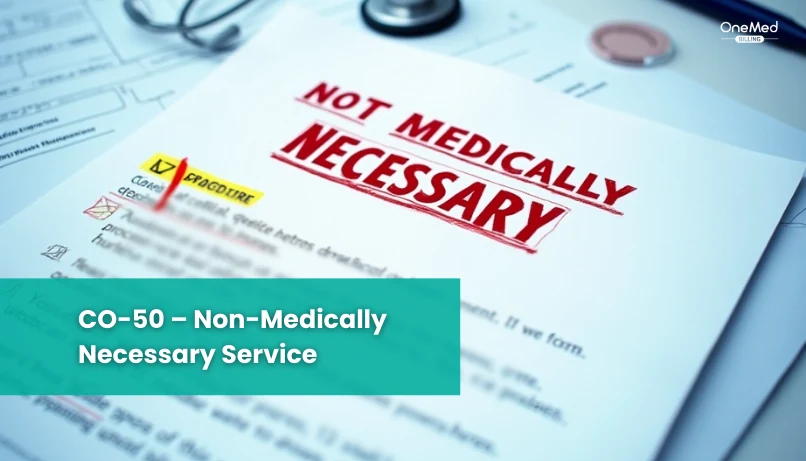
This denial means the insurance company reviewed the claim and decided that the service you provided wasn’t medically necessary, at least not based on the diagnosis, documentation, or their policy.
Why It Happens:
CO-50 denials usually occur when:
- The diagnosis code doesn’t support the procedure
- The service is considered routine, preventive, or cosmetic under that policy
- Clinical documentation is too weak or vague to justify the treatment
- The payer follows specific medical necessity policies (NCDs/LCDs) that were not met
- A prior authorization was required to prove necessity, but was not obtained
This denial is common in specialties like dermatology, pain management, mental health, and outpatient surgery.
How to Prevent or Fix It:
- Always make sure your ICD-10 code clearly supports the CPT code; they must link logically
- Reference payer guidelines or LCD/NCD rules for services that often require justification
- Include strong, specific clinical documentation that shows why the service was needed
- If denied, file an appeal with detailed progress notes, test results, or physician statements
- Use modifier GA or GZ only when appropriate (especially for Medicare ABN cases)
CO-50 denials can be tricky, but in many cases, the issue isn’t the service; it’s how it was documented or coded. Good notes and clean coding go a long way.
Conclusion
Denials happen, but they don’t have to keep happening. When you know what each denial code means, you’re not guessing anymore. You’re fixing real problems with real solutions.
From expired coverage to missing authorizations, every code points to a gap that can be closed. If your team can recognize these patterns early, they can correct errors before they impact cash flow.
Keep your billing clean, your documentation solid, and your team informed. That’s how you turn denials into dollars and keep your revenue cycle running strong.
If your team is tired of handling these issues in-house, you can get support without changing everything you’re already doing. Our claim submission service helps send clean, complete claims the first time so fewer errors turn into denials. And when claims are already denied, our denial management service steps in to find the cause, fix the claim, and handle resubmissions, appeals, and follow-ups through resolution.
Frequently Asked Questions
Find quick answers to common questions about this topic, explained simply and clearly.
What is the most common claim denial?
Eligibility or coverage not active on the date of service. Other frequent causes: missing prior authorization, invalid member ID, and timely filing exceeded.
What are denial codes in medical billing?
Standard code sets on remits that explain why a claim or line was reduced or denied. Two types: CARC (Claim Adjustment Reason Codes) and RARC (Remittance Advice Remark Codes).
What is 97 denial?
CARC 97 - Payment is included in the allowance for another service or procedure (bundled/duplicate per plan rules).
What does denial code 222 mean?
CARC 222 - Exceeds the plan or contract limit for the number of services/units in the allowed time period.
What is CO 27 denial?
CO-27 - Expenses incurred after coverage terminated (patient not covered for the service date).

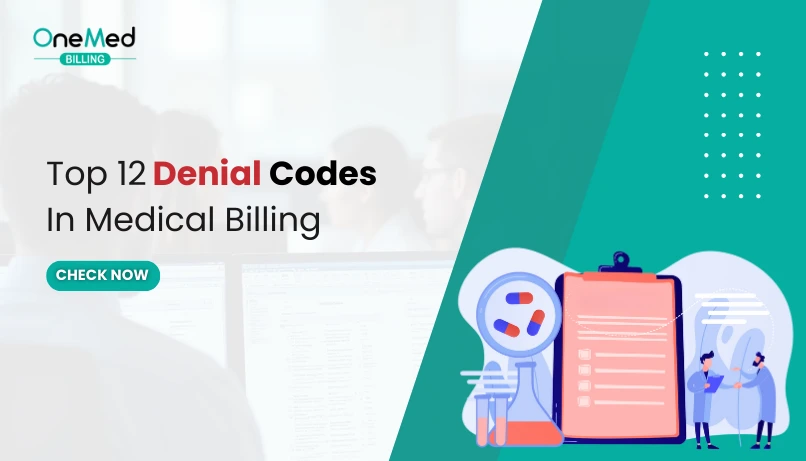
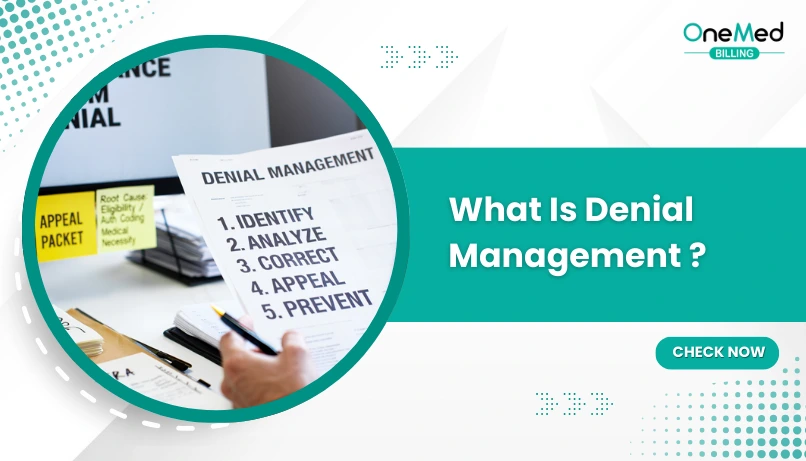
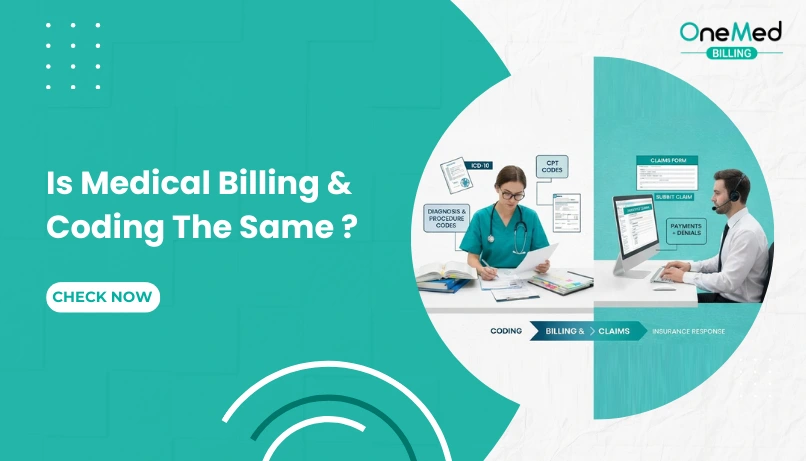
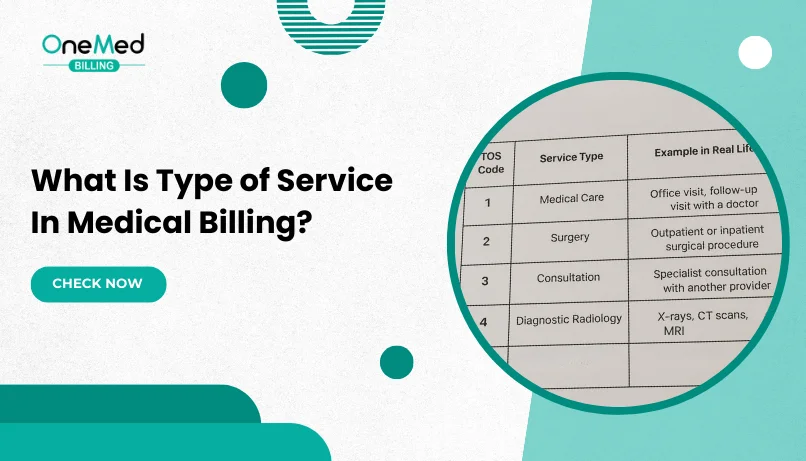
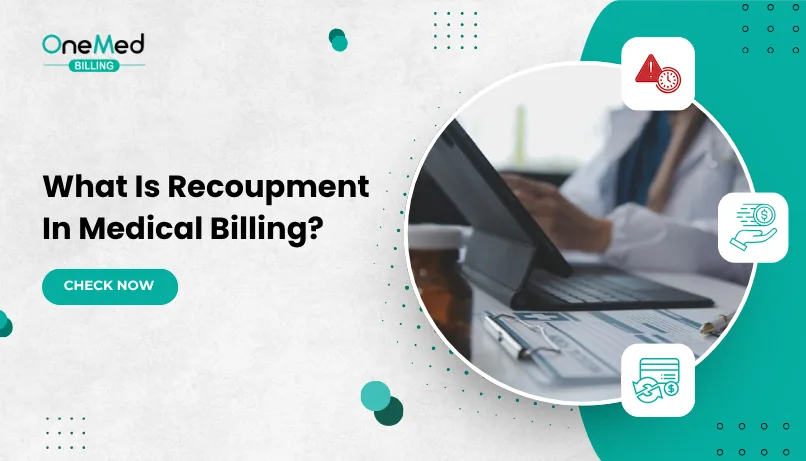

Comments (0)